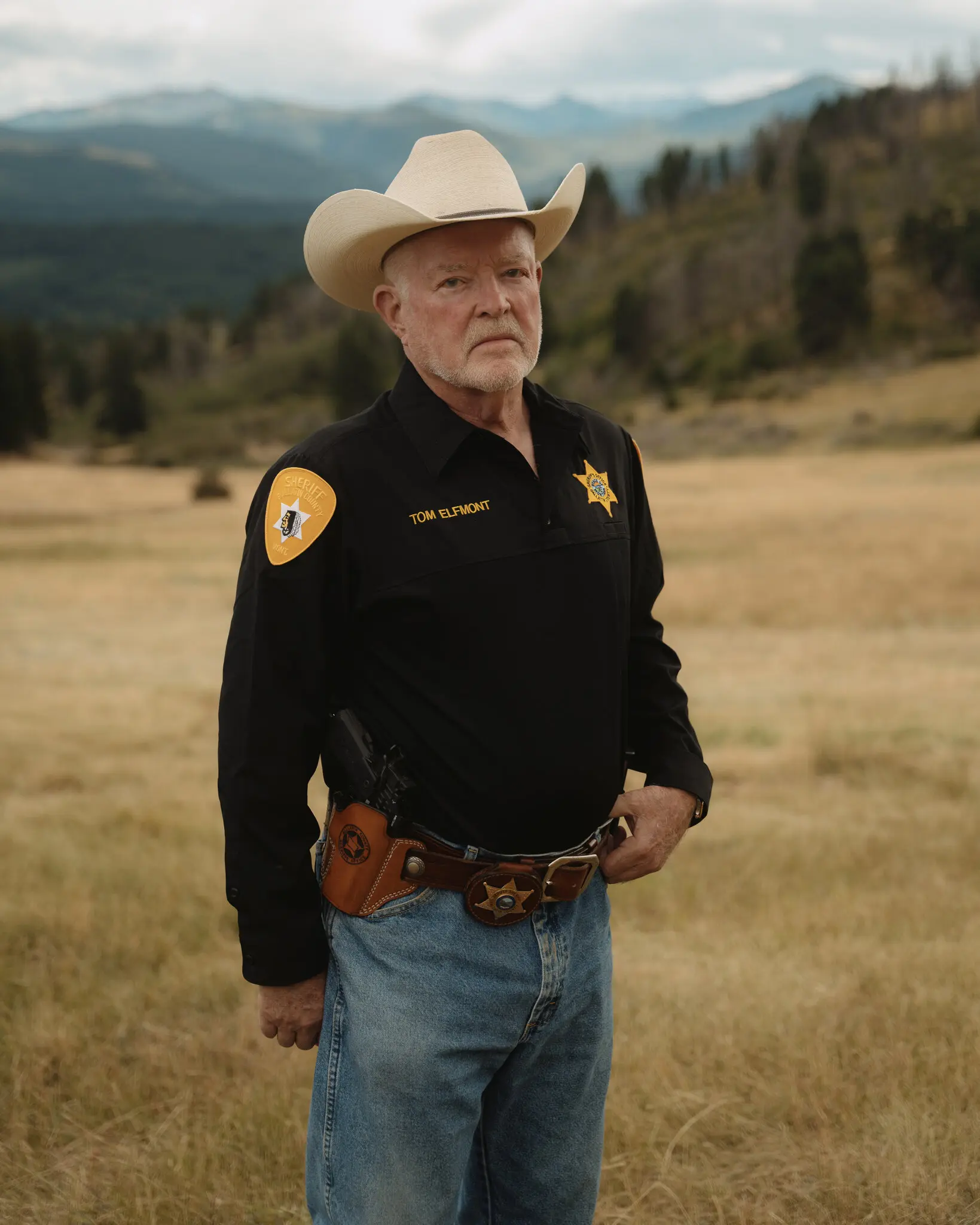TDA CEO Solves Cold Case

Thomas Elfmont, a retired LAPD officer, was asked by a Montana sheriff to investigate the 1996 murder of 15-year-old Danielle Houchins, a case that had remained unsolved for nearly 30 years. Elfmont, fascinated by the challenge, accepted and began sifting through old case files in March 2023. He retraced the investigation, reviewed witness statements, and utilized modern forensic technology to uncover new leads. His determination paid off when he identified Paul Hutchinson, a man linked to the crime through DNA testing, but Hutchinson committed suicide shortly after being confronted by Elfmont.
While recent breakthroughs in cold cases, like Elfmont’s success, provide hope, such cases remain rare and daunting due to the limited resources of many law enforcement agencies. Investigators face numerous challenges, from reinterviewing witnesses and sifting through old files to navigating departmental politics. With no dedicated cold-case units in many jurisdictions, progress often relies on individuals working overtime or even retired detectives volunteering their time. Additionally, many cases lack DNA evidence or the funding necessary for advanced forensic analysis.
However, the emergence of forensic genetic genealogy, a technique that uses DNA databases to trace suspects through distant relatives, has made some headway in solving cold cases. This method, which was pivotal in identifying the Golden State Killer, has now cleared hundreds of unsolved cases. Yet, with nearly 300,000 unsolved homicides since 1980, these breakthroughs are a small step forward in a vast and challenging landscape of cold-case investigations.
Read the full NY Times article here: Dashed Hopes and Big Breaks: What It’s Like to Work on Cold Cases